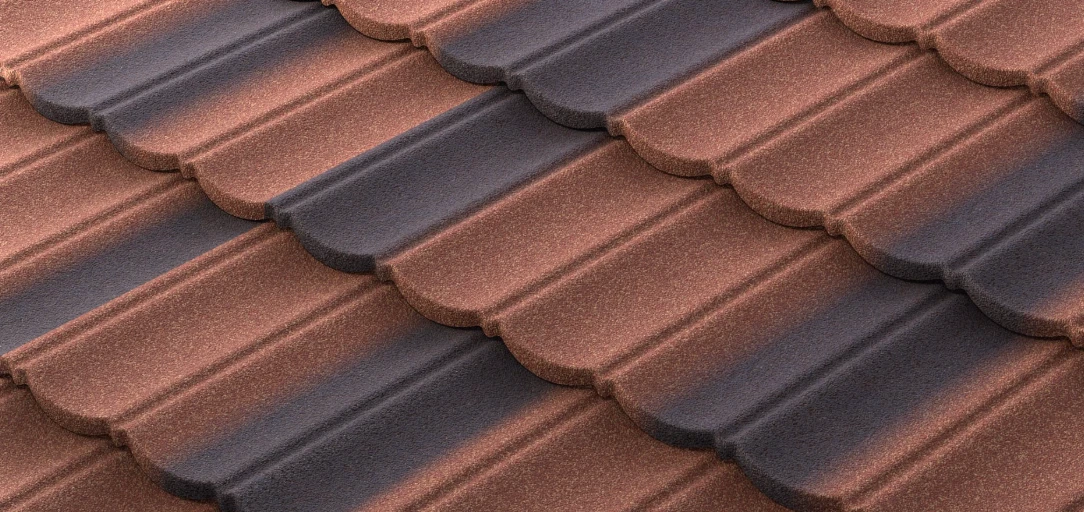Why Roof Inspections Matter
Your roof is one of the most important parts of your home, yet it’s also one of the most overlooked. Many homeowners wait until leaks appear before calling a contractor, but by then the damage is already expensive. A roof inspection is the best way to catch issues early, extend the life of your system, and avoid costly repairs. Whether you’re dealing with storm damage, planning to sell your home, or just staying proactive, understanding how inspections work puts you in control.
When to Schedule an Inspection
Experts recommend scheduling inspections at least twice a year—once in the spring and once in the fall. Seasonal inspections allow contractors to catch winter storm damage before summer heat sets in and prepare your roof before harsh weather arrives again. Additional inspections should be scheduled after major storms, if you notice visible issues, or before buying or selling a home.
Key Times to Inspect
- After heavy winds or hailstorms
- Before putting your home on the market
- When leaks, stains, or odors appear indoors
- If your roof is 15 years old or more
Waiting too long between inspections increases the risk of hidden damage spreading.
What Inspectors Look For Outside
The exterior check focuses on the surface and structural integrity. Inspectors look for cracked, curled, or missing shingles; damage to flashing; moss or algae growth; and drainage problems. On flat roofs, they check for ponding water, seam separations, and membrane deterioration.
Other exterior areas of focus include:
- Chimneys and skylights for cracks or leaks
- Gutters and downspouts for clogs or sagging
- Roof valleys where water naturally collects
- Signs of animal activity or nesting
What Inspectors Check Inside
An inspection doesn’t stop at the roof’s surface. Inspectors also look inside your attic and ceilings for signs of water intrusion. Damp insulation, mold, and stained rafters are clues that leaks are already present. Musty odors in the attic often indicate ventilation issues, which can shorten roof lifespan if not corrected.
Interior inspections help confirm whether roof damage is surface-level or has reached structural components.
The Value of Professional Eyes
Some homeowners try to inspect their roof themselves, but many problems aren’t visible from the ground. Trained professionals know how to spot subtle signs that untrained eyes miss. They also have the equipment to climb safely, evaluate difficult-to-reach areas, and document findings for insurance claims if necessary.
Partnering with specialists in Residential Flat Roofing NY ensures inspections are thorough, accurate, and tailored to the unique demands of New York homes.
Common Problems Found During Inspections
Inspections often uncover recurring issues that, if ignored, become serious.
Shingle Damage
Granule loss, curling, and cracking signal that shingles are nearing the end of their life.
Flashing Failures
Flashing protects vulnerable joints. Rust, gaps, or lifting often lead to leaks.
Ponding Water
Flat and low-slope roofs are especially prone to standing water, which accelerates membrane failure.
Ventilation Issues
Poor airflow in the attic causes moisture buildup, mold growth, and higher energy bills.
Hidden Leaks
Even small leaks inside the attic can rot wood and insulation, threatening your home’s structure.
Preparing for Your Inspection
To get the most out of an inspection, preparation helps. Clear debris from your yard so contractors can easily set up ladders. Unlock gates for access, and move vehicles away from the house. Indoors, make the attic accessible and remove any stored items that block visibility.
Having past repair records available also gives inspectors a clearer picture of your roof’s history.
Understanding the Report
After the inspection, contractors provide a report outlining the roof’s condition, any problems found, and recommendations for repairs or replacement. Read the report carefully and ask questions if anything isn’t clear. Reputable contractors will explain findings in plain language and prioritize issues so you know what needs attention right away versus what can wait.
How Inspections Save Money
Some homeowners hesitate to pay for inspections, but they often save money in the long run. Identifying problems early prevents small issues from becoming emergencies. For example, repairing a few damaged shingles costs far less than replacing decking after a major leak. Inspections also extend the life of your roof by ensuring maintenance is done on time.
Inspections for Real Estate Transactions
If you’re buying a home, a roof inspection can reveal whether you’re inheriting a costly problem. Sellers benefit as well by identifying and addressing issues before putting the property on the market, making it more attractive to buyers. A documented inspection report can even strengthen negotiations and speed up closings.
The Role of Technology in Modern Inspections
Today’s roof inspections often incorporate technology such as drones and infrared imaging. Drones provide aerial views of hard-to-reach areas, while thermal cameras detect moisture beneath the surface. These tools give contractors a more complete picture without invasive measures, ensuring hidden issues don’t go unnoticed.
Building a Long-Term Roof Care Plan
Inspections should be part of a larger maintenance routine. Pair them with gutter cleanings, attic ventilation checks, and seasonal preparations to keep your roof performing at its best. Documenting each inspection creates a history that helps predict when repairs or replacements will be needed.
